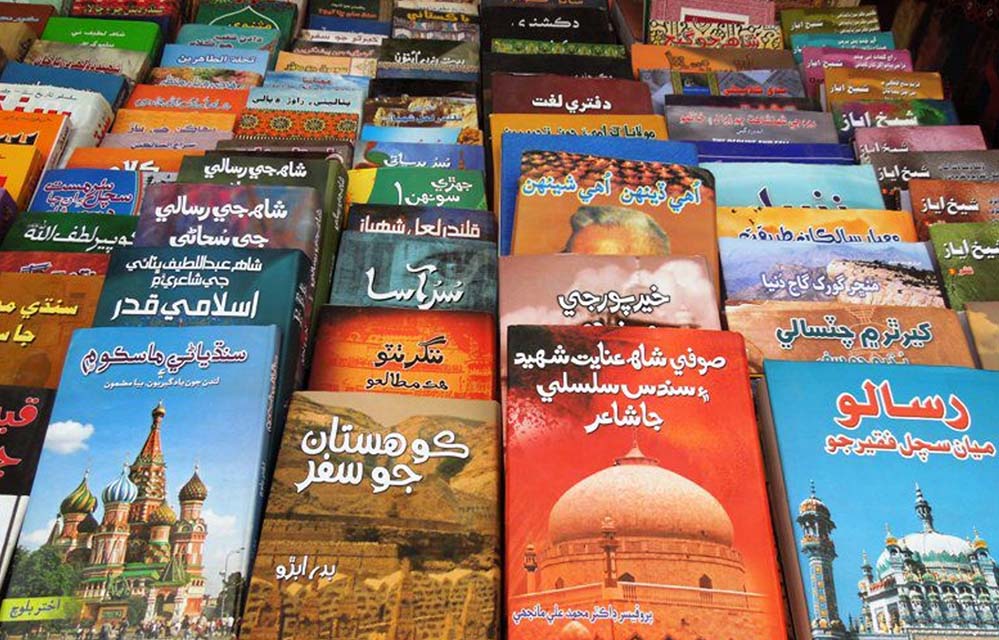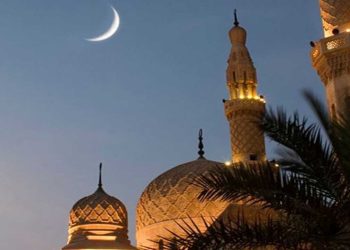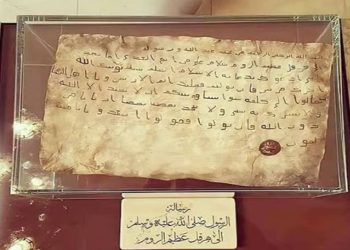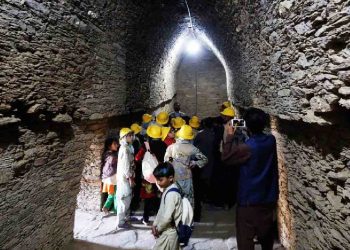The Sindhi Language is not just a medium of communication but a historical manuscript, preserving ages of the subcontinent’s rich cultural and linguistic tapestry. One of the oldest languages of the region, its origins trace back several millennia, bearing witness to the evolution and transformation of human civilization.
As we traverse through the labyrinth of this ancient language, we unfurl the enthralling narrative of a bygone era.
Historical Lineage: A Glimpse into Antiquity of Sindhi Language
The Sindhi Language emanates from the cradle of the ancient Indus Valley Civilization, which flourished around 3300 BC. Over centuries, it absorbed influences from various invading cultures, enriching its lexicon and morphological structure.
The historical lineage of Sindhi is a captivating journey through time, a mirror reflecting the socio-cultural evolution of the subcontinent.
Scriptural Odyssey: From Brahmi to Devanagari and Arabic Scripts
The Sindhi script has evolved significantly over the centuries. Initially, it was written in Brahmi script, but post-Islamic invasion, it assimilated the Arabic script with a sprinkle of Persian. Moreover, the influence of Devanagari script can’t be overlooked.
This scriptural odyssey underscores the language’s adaptive nature and the harmonic blend of diverse cultural influences.
Literary Abode: The Treasure Trove of Sufi Poetry and Folk Tales
Sindhi literature is a treasure trove of Sufi poetry, folklore, and ballads. The mystical verses of Sindhi Sufi poets like Shah Abdul Latif Bhittai continue to resonate through the lands, echoing the ancient wisdom and spiritual quest.
The Sindhi language has cradled numerous folk tales, passing on the wisdom, values, and tales of heroism through generations.
Abida Parveen is one of the most famous Sufi/Sindhi singer from Sindh, Pakistan
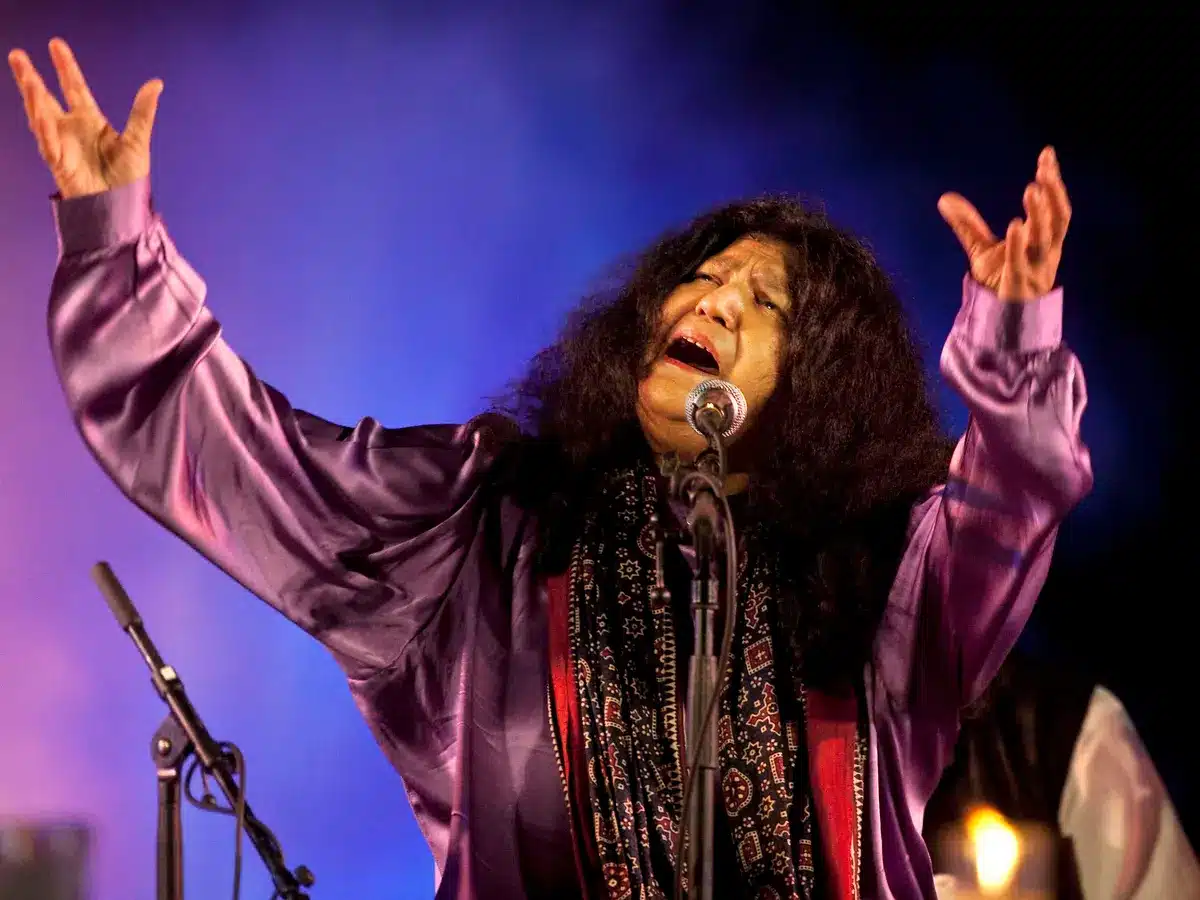
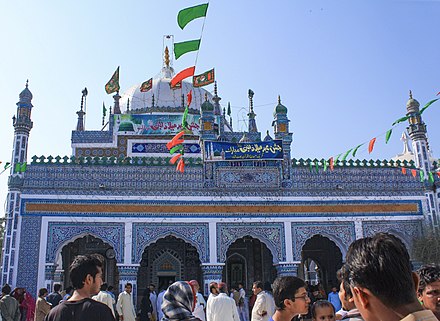
Sindhi Language Today: The Living Legacy
Despite the shifts in geopolitical boundaries and socio-political changes, Sindhi continues to be a vibrant living language. It is not merely a means of communication for the Sindhi community but a strong tether to their illustrious past.
With a significant number of speakers in Pakistan and India, the Sindhi language continues to thrive, keeping the ancient essence alive.
Final Thoughts: The Eternal Resonance
The Sindhi Language is not just a linguistic medium but a living museum, housing the imprints of time, the essence of diverse cultures, and the echoes of a profound historical narrative. By delving into its ancient letters, we are not merely reading alphabets but are transcending through ages, touching the essence of a rich civilization that once graced the subcontinent
